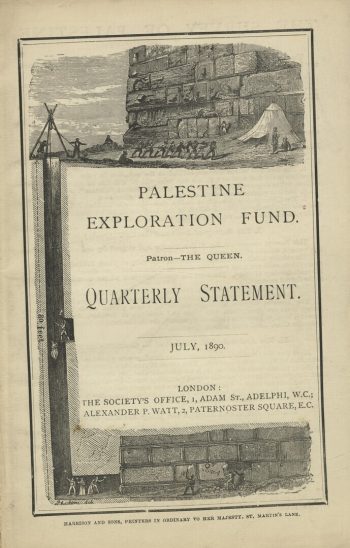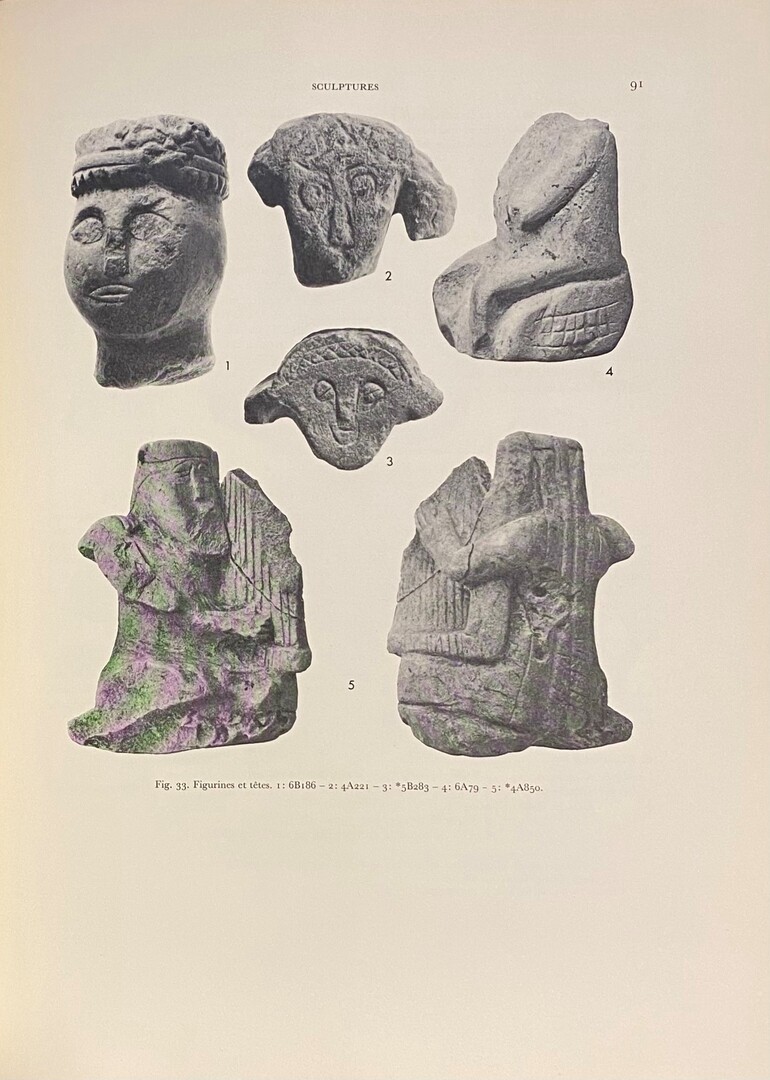Hama: Fouilles et Recherches de la Fondation Carlsberg 1931-1938, IV 3. Les Petits Objets Médiévaux sauf Les Verreries et Poteries.
Ploug, Gunhild / Evelyn Oldenburg / E. Hammershaimb & F. Lokkegaard.
Synopsis
In 1930 the young Danish archaeologist, Harald Ingholt, travelled to the town of Hama, on the Orontes River in Western Syria, in order to dig some test trenches on the mound. Since these trenches proved promising, Ingholt was allowed to conduct full-scale excavations in the years from 1931 to 1938, with the support of the Carlsberg Foundation.
Although archaeologists had been working in Syria for some time already, it may be said that the Danish excavations at Hama played an especially important role in illuminating the history of the western part of the country, most significantly in the earlier periods. The objects from the excavation that were shipped to Denmark also came to play an important role in the collection of the Antiquities Department in the National Museum.
All objects described in this volume are categorised in four chronological groups. Metal, except for coins, is described by Ploug and Oldenburg. Stone, by Ploug and faience and terracotta by Oldenburg, and coins by Hammershaimb. All the figures include excellent line drawings and photographs. More than 10,000 coins and fragmentary coins were found in the excavations, of which approximately 80% were Islamic, chiefly bronze and copper.








